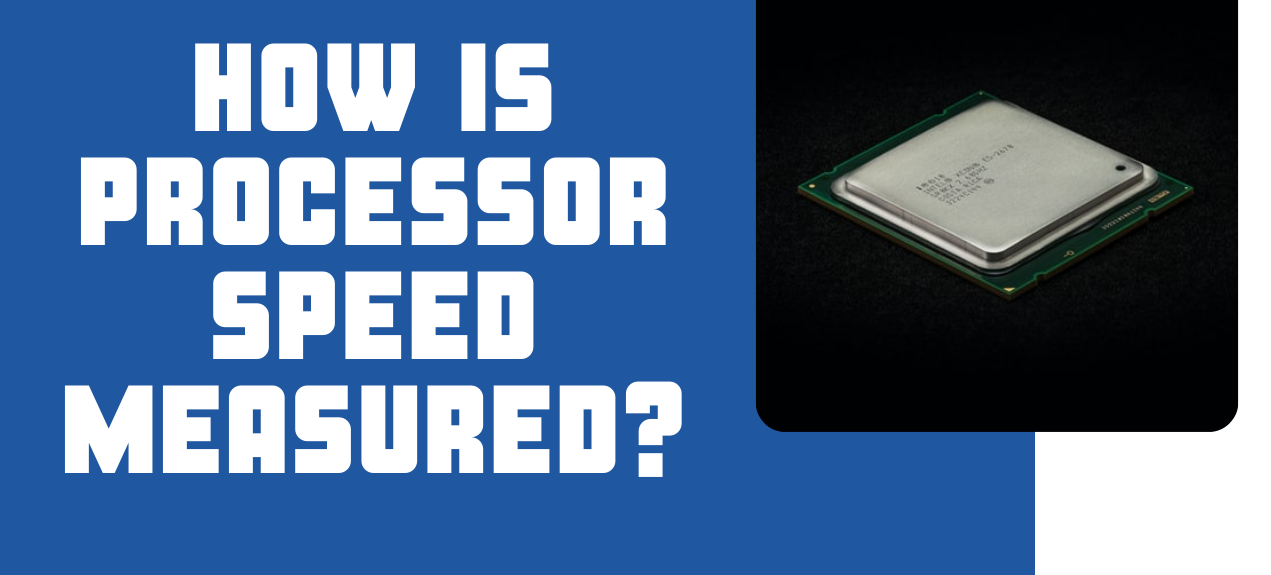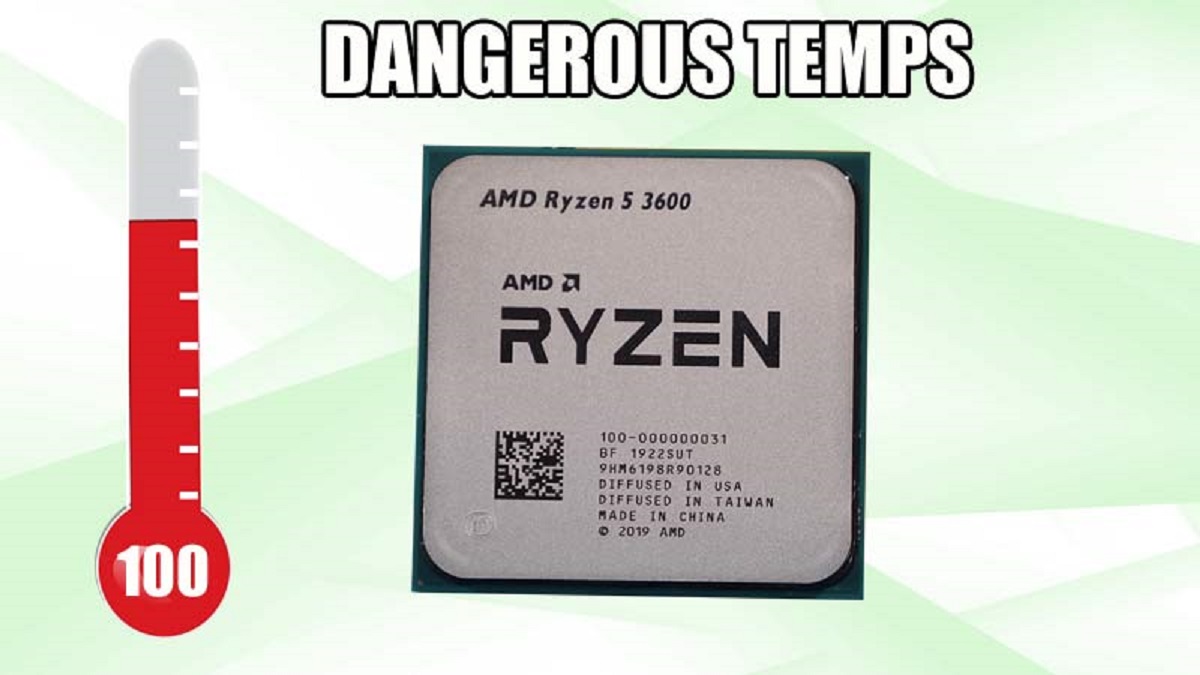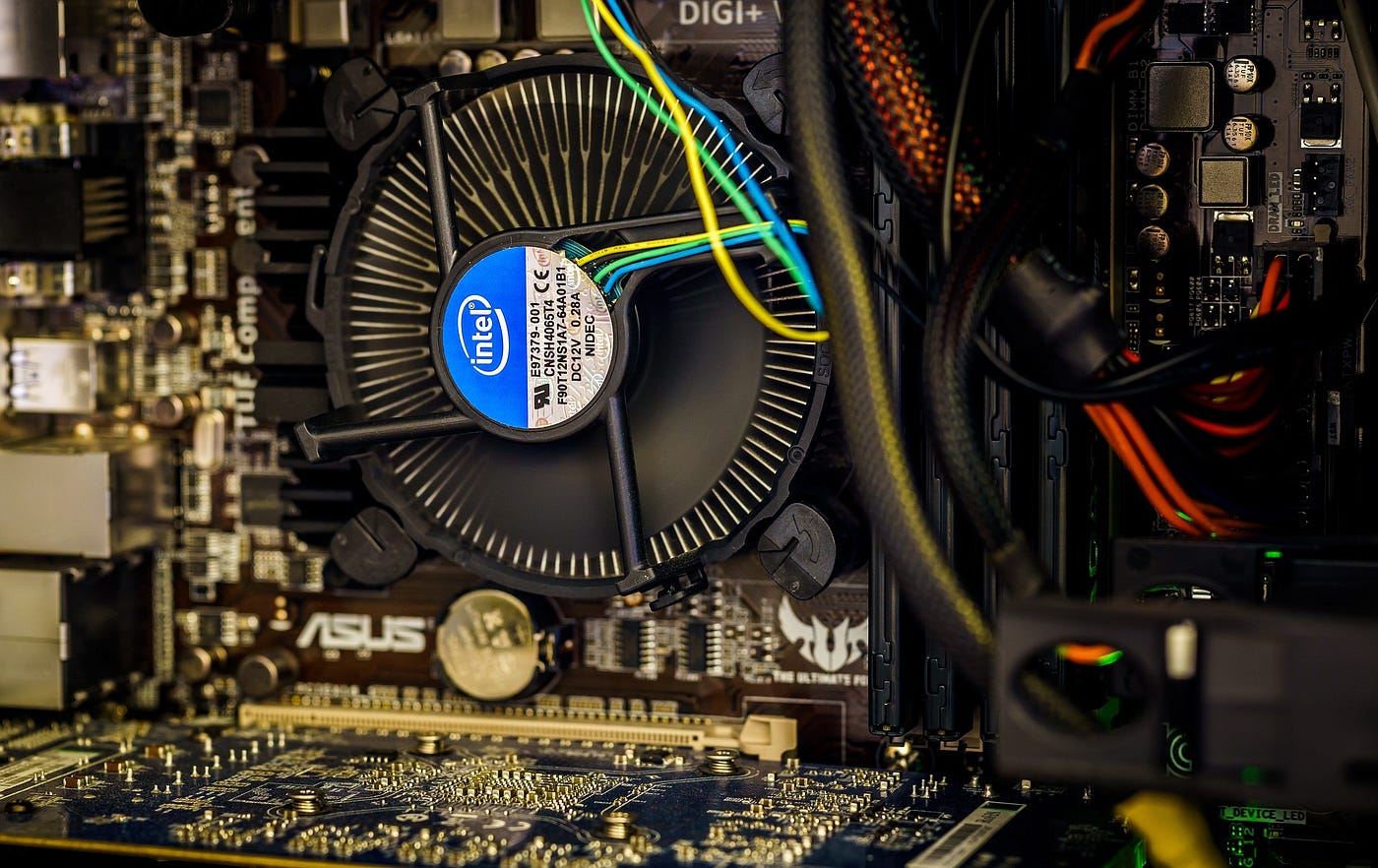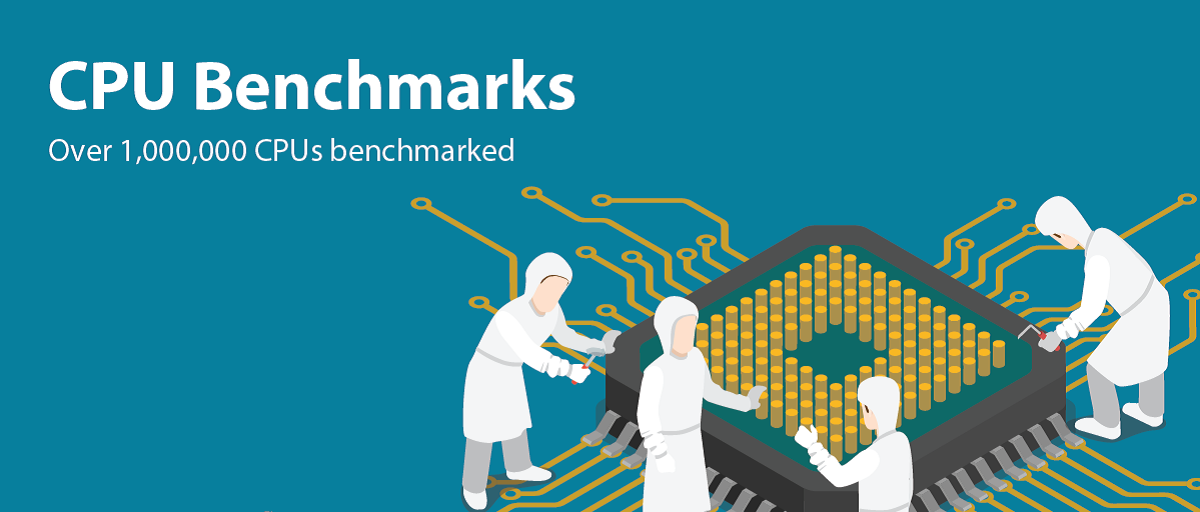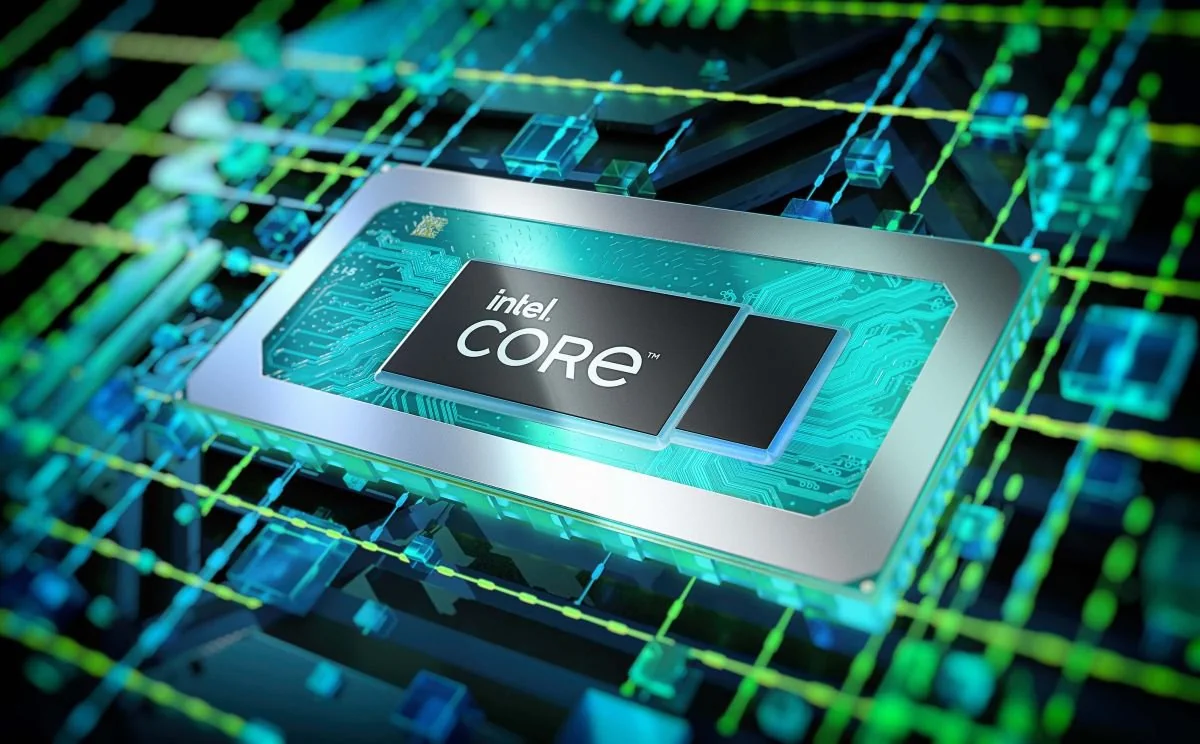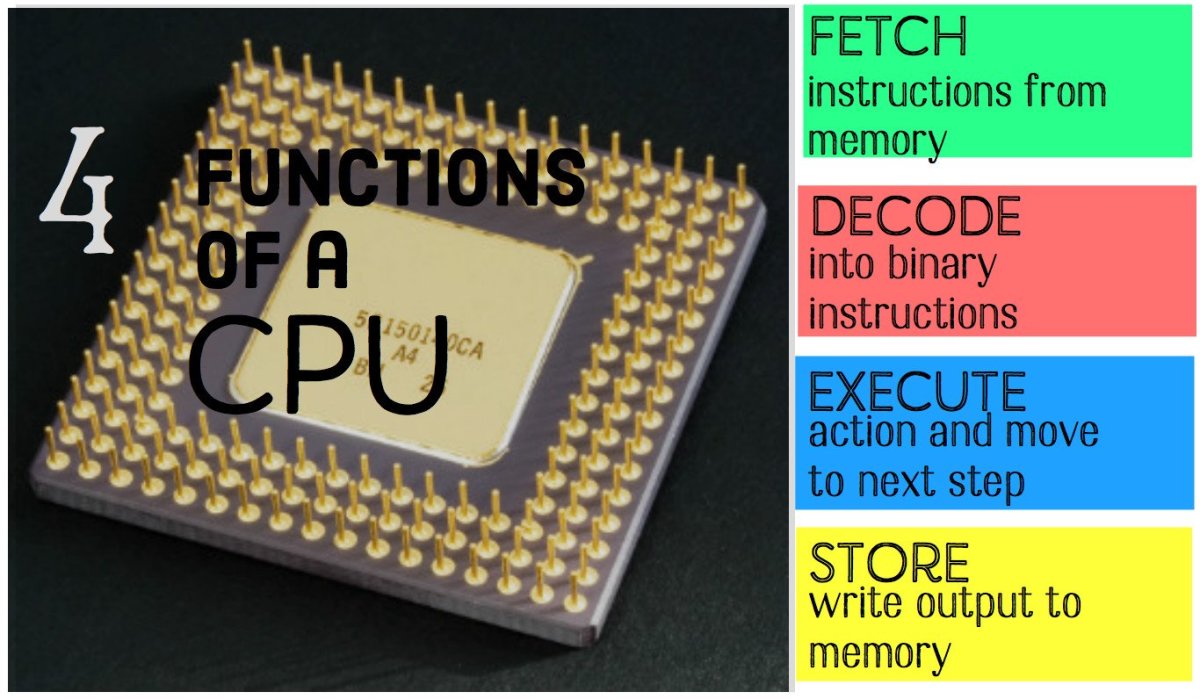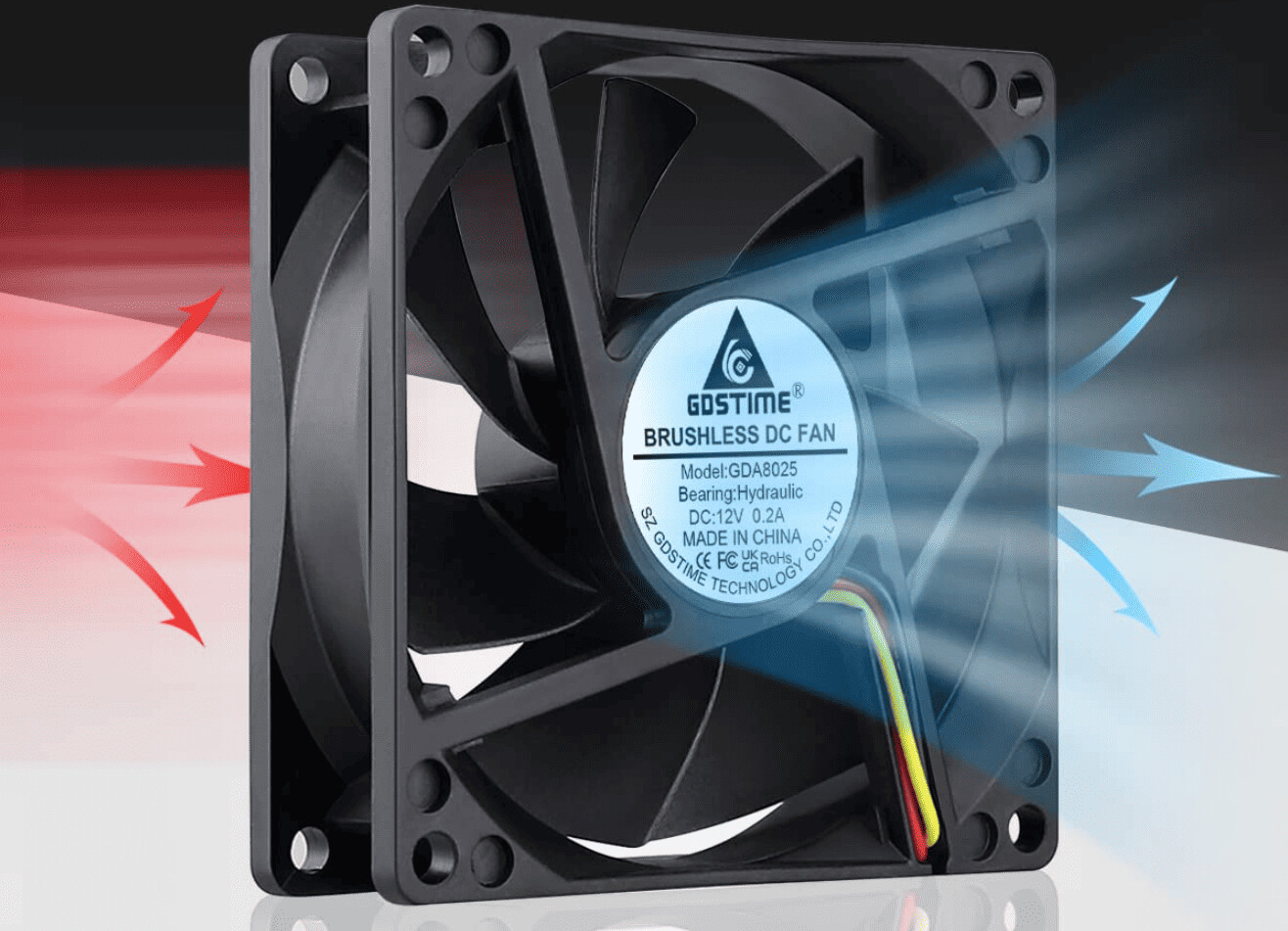Introduction
When it comes to understanding the performance of a computer, one of the key factors to consider is the CPU speed. The CPU, or Central Processing Unit, is often referred to as the “brain” of the computer, responsible for executing instructions and performing calculations. The speed at which the CPU operates directly affects the overall performance and responsiveness of the system.
Measuring CPU speed involves various factors, such as clock speed, instructions per clock, core count, and features like hyper-threading and turbo boost. These factors work together to determine the overall processing power of a CPU, and understanding them is essential for choosing the right processor for your computing needs.
In this article, we will delve into the intricacies of measuring CPU speed and explore the different components that contribute to its overall performance. Whether you are a tech enthusiast, a gamer, or someone looking to upgrade their computer, gaining a deeper understanding of CPU speed can help you make informed decisions and optimize your computing experience.
Clock Speed
One of the primary factors that determine the speed of a CPU is its clock speed. Clock speed represents the number of cycles per second that the CPU can execute. It is measured in Gigahertz (GHz).
The higher the clock speed, the more instructions the CPU can execute per second, resulting in faster processing. However, it’s important to note that clock speed alone does not guarantee better performance or indicate the efficiency of a CPU.
Historically, CPUs with higher clock speeds have been seen as more powerful. However, advancements in technology have allowed for the development of CPUs with multiple cores and improved architectures, which can often perform more efficiently at lower clock speeds.
For example, a quad-core processor with a lower clock speed can outperform a dual-core processor with a higher clock speed because each core of the quad-core processor can handle separate tasks simultaneously. This is particularly beneficial for multitasking and applications that are optimized for multi-threading.
Overclocking is a method to increase the clock speed beyond the manufacturer’s specified limit. While it can provide a performance boost, it also increases heat generation and may require advanced cooling solutions. It is important to note that overclocking may void the warranty and can potentially damage the CPU if not done correctly.
When considering clock speed, it’s important to align it with your specific computing needs. If you require a system for tasks such as web browsing, word processing, and general productivity, a CPU with a moderate clock speed should suffice. However, if you engage in tasks that require intensive computational power such as gaming, video editing, or 3D rendering, a CPU with a higher clock speed would be more suitable.
Instructions Per Clock
While clock speed plays a crucial role in determining overall CPU performance, it is not the sole factor. Another important metric to consider is the number of instructions the CPU can execute per clock cycle, known as “Instructions Per Clock” (IPC).
IPC measures the efficiency of the CPU in executing instructions. A higher IPC means that more work can be accomplished per clock cycle, resulting in improved performance. Higher IPC is achieved through architectural advancements and improvements in microprocessor design.
It’s worth noting that two CPUs with the same clock speed may have different IPC values, leading to varying levels of performance. CPUs with higher IPC can perform more work in a single clock cycle, effectively providing better performance even at lower clock speeds.
Improvements in IPC can result from various factors such as enhanced branch prediction, intelligent caching mechanisms, and optimized instruction pipelines. These optimizations help reduce latency, improve cache hit rates, and minimize stalls in the execution pipeline, ultimately leading to increased performance.
When comparing CPUs, considering both clock speed and IPC is crucial. A CPU with a higher clock speed and a higher IPC is likely to offer superior performance compared to a CPU with a higher clock speed but a lower IPC.
It’s important to note that IPC values are not publicly advertised or easily accessible for all CPUs. However, IPC improvements are often part of the marketing and architectural advancements touted by CPU manufacturers. Reviewing benchmarks and performance tests from reliable sources can provide insights into the IPC performance of different CPUs.
Understanding IPC can help you make an informed decision when selecting a CPU based on the specific tasks you intend to perform. Tasks that involve frequent branching, such as gaming or complex simulations, can benefit greatly from CPUs with higher IPC values, as they can handle these instructions more efficiently.
Core Count
Another important aspect of measuring CPU speed is the core count. The core count refers to the number of independent processing units, or cores, within a CPU. CPUs can have a single core, dual-core, quad-core, hexa-core, octa-core, or even higher core counts.
Each core within a CPU is capable of executing instructions and performing calculations independently. Having multiple cores allows for better multitasking and improved performance when dealing with tasks that can be split into parallel operations. This is particularly beneficial for applications that are designed to take advantage of multi-threading, such as video editing or running virtual machines.
As an analogy, think of cores as separate workers in a factory. The more workers you have, the more tasks can be completed simultaneously, resulting in faster overall output. Similarly, a CPU with more cores can handle multiple threads and processes simultaneously, enabling faster and more efficient computations.
When considering the core count, it’s important to note that not all applications are optimized for multi-threading. Some tasks, such as web browsing or basic office applications, may not utilize multiple cores effectively and may rely more heavily on single-threaded performance and clock speed.
In general, a higher core count can provide significant performance gains for tasks that can benefit from parallel processing. However, it’s important to assess the specific workload and application requirements to determine the optimal core count for your needs.
Additionally, having more cores can increase power consumption and generate more heat. It’s crucial to ensure that the system’s cooling capabilities can handle the increased thermal output of CPUs with higher core counts.
Overall, considering the core count is essential for selecting a CPU that can deliver the desired level of performance for your specific computing needs. If you frequently engage in tasks that can benefit from parallel processing, such as video editing, 3D rendering, or scientific simulations, a CPU with a higher core count can significantly enhance your productivity and overall computing experience.
Hyper-Threading
Hyper-Threading is a technology developed by Intel that allows a single physical CPU core to behave as two logical cores. This technology aims to improve performance by enabling each core to handle multiple threads simultaneously.
With Hyper-Threading, each physical core can execute two threads at the same time, effectively doubling the number of available threads for processing. This technology achieves this by duplicating certain elements within the core, such as the instruction pipeline and register sets.
By allowing more efficient utilization of CPU resources, Hyper-Threading can lead to improved performance in multi-threaded applications. It is particularly beneficial in scenarios where there are more threads than physical cores, as it allows for better distribution of computational tasks.
However, it’s important to note that Hyper-Threading does not provide the same level of performance improvement as adding physical cores. The additional logical cores created through Hyper-Threading are not as powerful as physical cores and may not exhibit the same level of performance increase.
The effectiveness of Hyper-Threading depends on the specific workload and the efficiency of the software being used. Applications optimized for multi-threading can benefit from Hyper-Threading by maximizing CPU utilization and reducing potential bottlenecks.
On the other hand, some applications may not see a significant improvement with Hyper-Threading, especially if they are not designed to take full advantage of multi-threading capabilities. In some cases, Hyper-Threading can even introduce latency and negatively impact performance.
It’s worth mentioning that while Hyper-Threading is a feature of Intel CPUs, AMD processors utilize a similar technology called SMT (Simultaneous Multi-Threading). Both technologies aim to enhance performance by maximizing thread utilization.
When choosing a CPU, consider whether the applications you intend to use are optimized for multi-threading and can effectively utilize Hyper-Threading or SMT technology. This will help determine whether this feature is of significant benefit to your specific use case and justify any potential increase in cost.
Turbo Boost
Turbo Boost is a technology developed by Intel that dynamically increases the clock speed of a CPU when additional performance is required. It provides a temporary boost to the CPU’s clock speed, allowing it to deliver better performance for demanding tasks.
The Turbo Boost feature takes advantage of the available power budget and thermal headroom of the CPU. When specific conditions are met, such as high workload or low temperature, Turbo Boost kicks in and increases the clock speed of one or more CPU cores beyond their base clock speed. This results in faster processing and improved performance.
The increased clock speed provided by Turbo Boost is typically limited to a certain maximum value set by the CPU manufacturer. The actual boost frequency depends on factors such as the number of active cores, temperature, and power consumption.
The primary benefit of Turbo Boost is that it allows CPUs to dynamically adjust their performance to the demands of the workload. This means that the CPU will operate at a higher clock speed only when needed, conserving power and reducing heat generation during less demanding tasks.
It’s important to note that the duration and extent of the Turbo Boost depends on various factors and may not be sustained indefinitely. Once the workload decreases or the temperature rises, the CPU will return to its base clock speed to maintain stability and prevent overheating.
While Turbo Boost can provide a significant performance boost for short durations, it’s essential to consider the sustained performance capabilities of a CPU. The base clock speed is a more reliable indicator of the CPU’s overall performance for extended periods of heavy workload.
Not all CPUs have Turbo Boost technology, and the specific implementation and behavior can vary between different processor models. It’s important to consult the specifications of a CPU to determine if it supports Turbo Boost and to understand the limitations and conditions under which it operates.
Considering the Turbo Boost capability can be crucial when selecting a CPU, especially if you engage in tasks that require bursts of intensive processing power, such as gaming or video editing. It allows the CPU to deliver extra performance when needed and can significantly enhance the overall responsiveness and speed of your system.
Benchmarking Tools
When measuring CPU speed and comparing different processors, it’s essential to rely on accurate and reliable data. This is where benchmarking tools come into play. Benchmarking tools are software applications designed to evaluate the performance of hardware components, including CPUs.
These tools typically run a series of tests and simulations to assess various aspects of CPU performance, such as single-threaded and multi-threaded capabilities, floating-point operations, and memory bandwidth. They generate scores and metrics that can be used to compare the performance of different CPUs under similar conditions.
One popular benchmarking tool is Geekbench, which provides a comprehensive performance assessment for CPUs and other hardware components. It calculates a single-core score and a multi-core score, allowing for a direct comparison between different CPUs.
Another widely used benchmarking tool is Cinebench, which focuses on evaluating CPU performance in tasks related to rendering and image processing. It provides both single-core and multi-core scores, giving insights into how a CPU performs in real-world scenarios for creative professionals.
Furthermore, there are other benchmarking tools available, such as PassMark PerformanceTest, 3DMark (for GPU benchmarking), and PCMark (for overall system performance evaluation).
When using benchmarking tools, it’s important to ensure that you are using the latest version and that the tests are conducted under similar conditions. Consider factors such as power settings, cooling solutions, and background processes that may impact the results.
Remember that benchmarking tools provide a standardized way to compare CPUs and assess their performance. However, real-world usage may vary, as different applications and tasks have varying levels of optimization for multi-threading and other technologies.
Benchmarking tools can be valuable resources when researching and comparing CPUs, but they should not be the sole determining factor in your decision-making process. It’s crucial to consider other factors like price, power consumption, compatibility, and the specific requirements of your intended applications.
By using benchmarking tools alongside other research methods, you can gain a better understanding of the performance characteristics of different CPUs and make an informed decision when selecting the CPU that best suits your needs.
Conclusion
Measuring CPU speed is a vital aspect of understanding the performance capabilities of a computer. Factors such as clock speed, instructions per clock, core count, hyper-threading, and turbo boost contribute to the overall speed and efficiency of a CPU.
Clock speed represents the number of cycles per second that a CPU can execute, but it’s not the sole factor to consider. Instructions per clock (IPC) measure the efficiency of executing instructions, while core count and hyper-threading determine the multitasking and multi-threading capabilities of a CPU. Turbo Boost allows for temporary increases in clock speed when additional performance is required.
When evaluating CPU performance, it’s essential to consider the specific requirements of your computing needs. Tasks that benefit from multi-threading, such as video editing or 3D rendering, may require CPUs with higher core counts and hyper-threading, while single-threaded tasks may prioritize clock speed and IPC.
Using benchmarking tools can provide valuable insights into the performance of different CPUs, allowing for direct comparisons and informed decision-making. However, it’s important to recognize that real-world performance may vary based on optimizations, specific applications, and workload patterns.
Ultimately, selecting the right CPU involves finding a balance between clock speed, IPC, core count, hyper-threading, and other features based on your computing needs, budget, and future growth potential.
By understanding the various aspects of measuring CPU speed and considering the specific requirements of your use case, you can make an informed decision and ensure that your computer system has the necessary processing power to handle your tasks efficiently.







